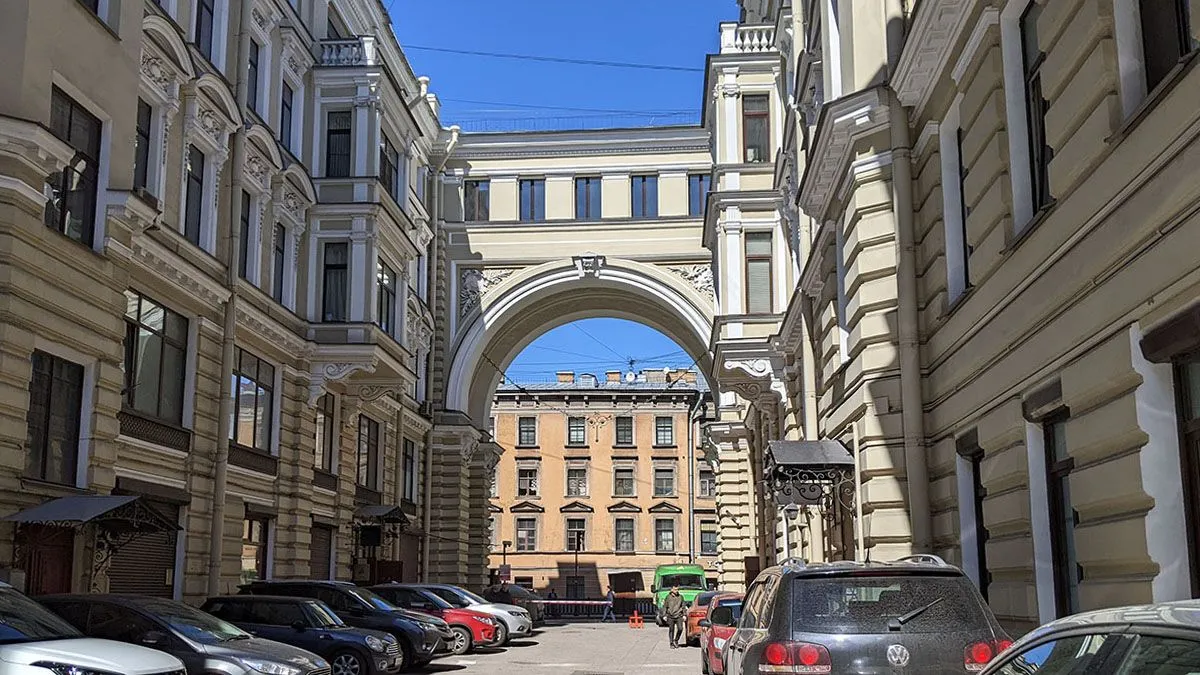
Greetings, friends, today I want to tell you a little about a side of city life hidden from casual passers-by. I am going for a walk through the yards in one of the old parts of the city. Before I set out on this walk, I formulated some general rules that I decided to stick to. It went something like this:
"I'm not looking for something exceptional, I'm just going to all the yards that I come across on my way and are open. Some courtyards you can't enter: the way is blocked by closed gates. I won't try to cheat the system and get in: in such cases I'll just pass by."
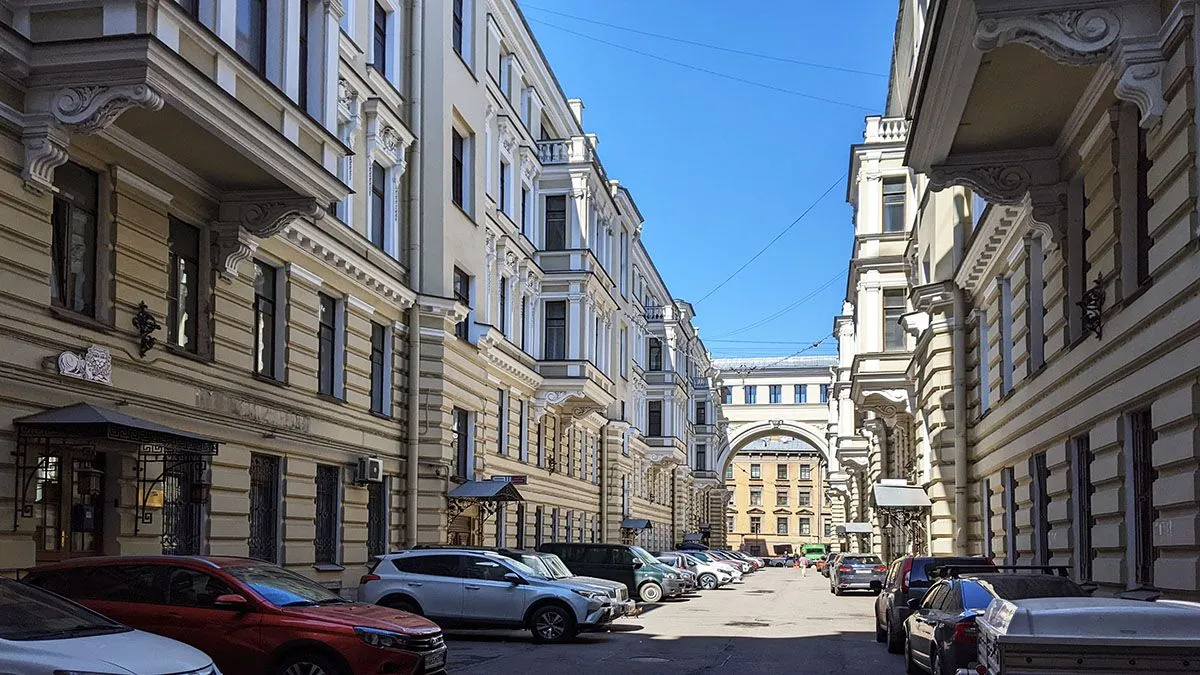
I was going to see the hidden side of city life, but the first courtyard on my way turned out to be a space of an entirely different type. The top photo was taken approximately in the middle of this courtyard, and the second photo was taken at its farthest point. The orange wall of the house in the back of the frame, behind the high arch, is the wall of the house that faces the street. If you don't know about it, you would rather think that you are standing on the street and looking into the yard - although the opposite is true. Another view of this courtyard-street, from a slightly different point of view:
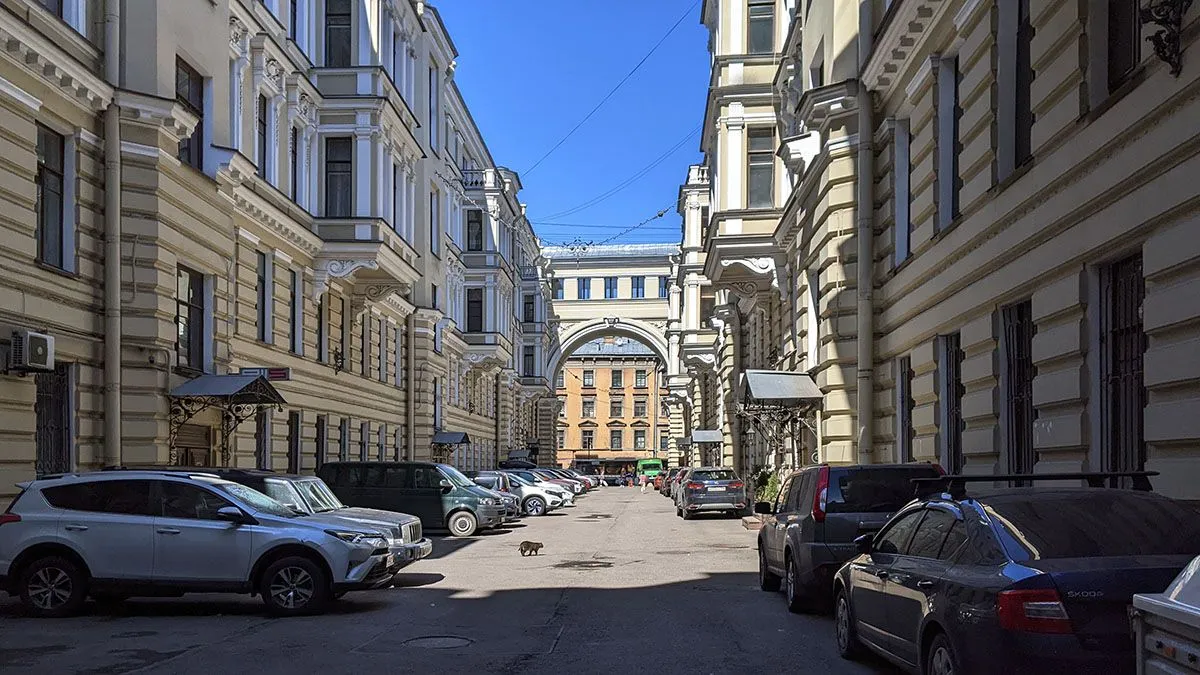
There aren't many yards of that type in the city, but they do occur occasionally. Open yards allowed landlords to increase prices for apartments with windows looking into the yard. Usually apartments whose windows faced the street were expensive, while courtyard apartments were much cheaper.

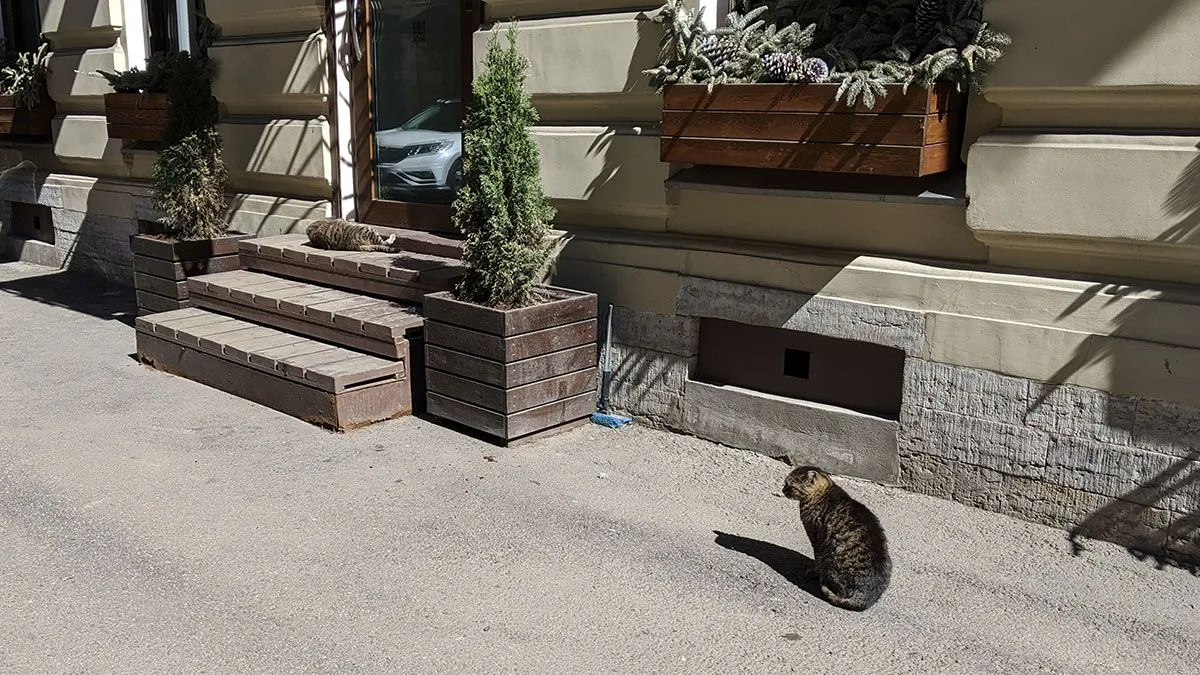
Courtyards in the past centuries were used as a space for household needs. The yards had stables, stacks of firewood, drying laundry... Such a view from the window did not seem very attractive to the well-off public. The landlords invented several tricks to increase the prices of apartments, and in this courtyard one of them was used. The wide and high archway makes the courtyard seem like an extension of the street. The courtyard space is flooded with sunshine, and local cats bask on the steps of the stores and offices.
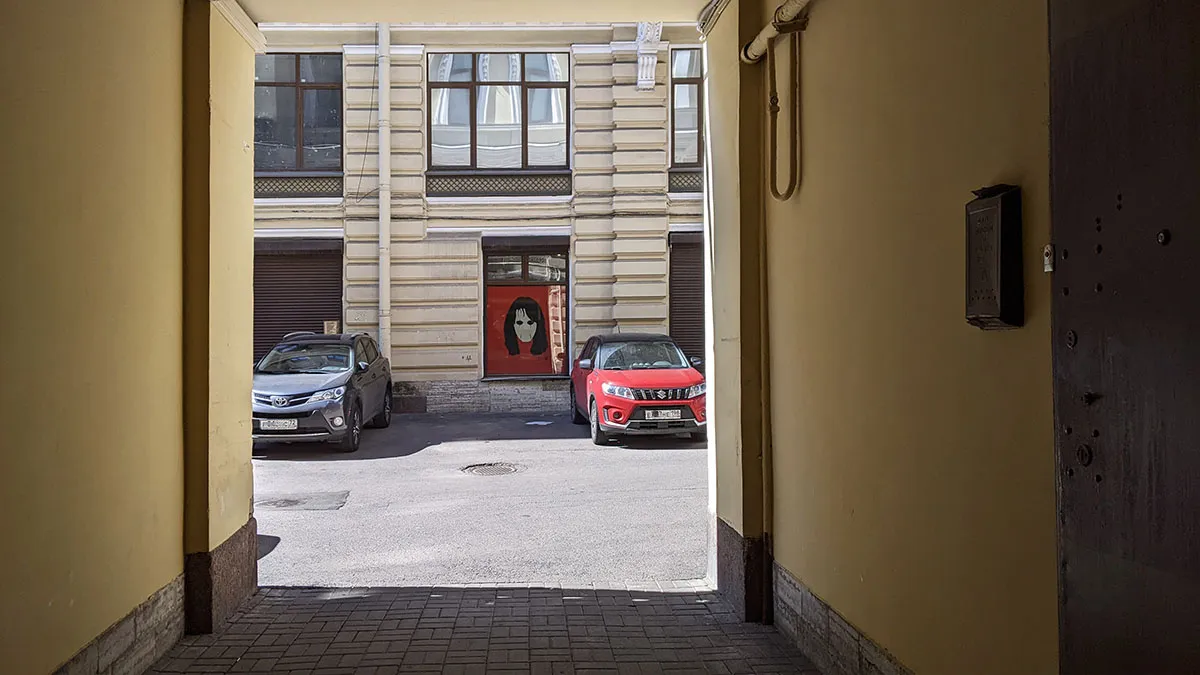
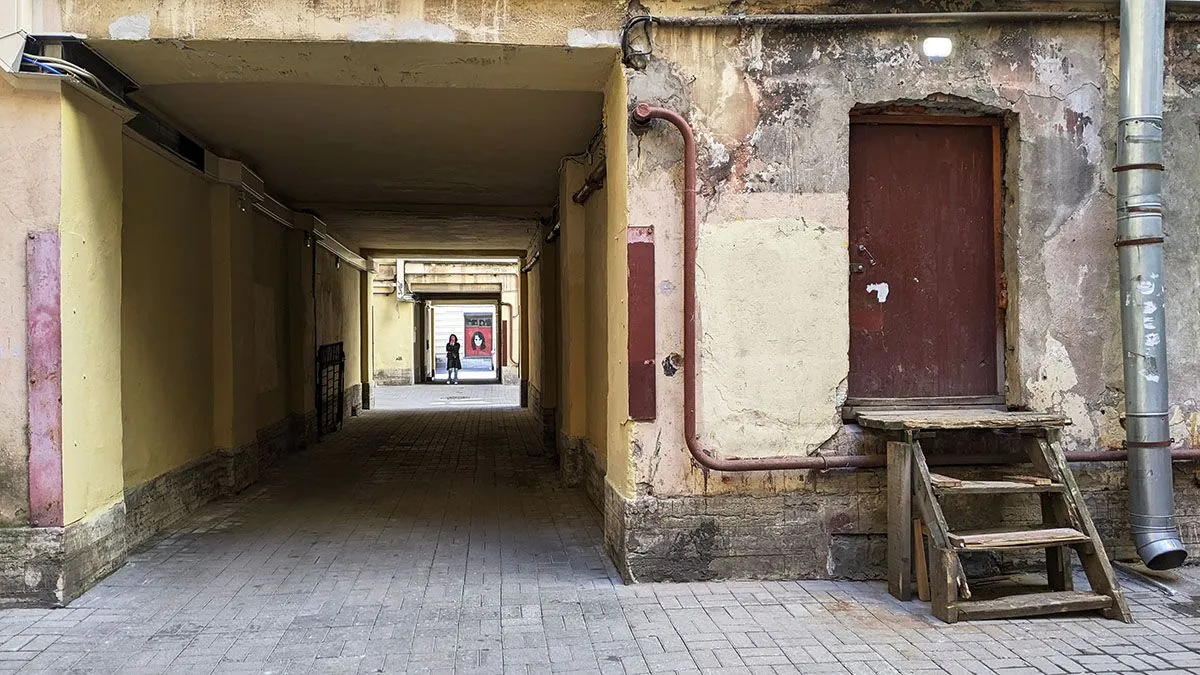
But they still needed somewhere to store firewood-and deep in the courtyard you'll find arches that lead even further, deeper... the further away, the less sunshine, the darker the courtyard looks. Along with the sun the renovated walls disappear somewhere ... This is surprising to me, because now is not the XIX century, the stables, washerwomen and woodpiles are in the past, and the smallest studio in this area, with any view from the window, is much more expensive than a spacious apartment on the outskirts.
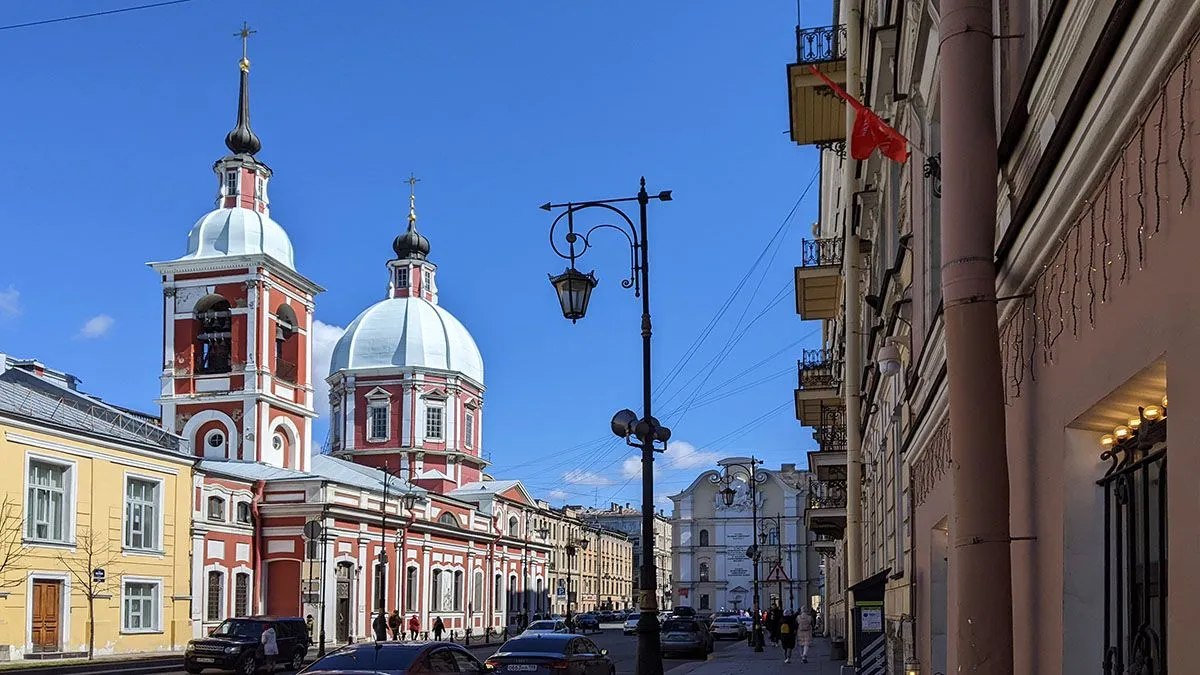
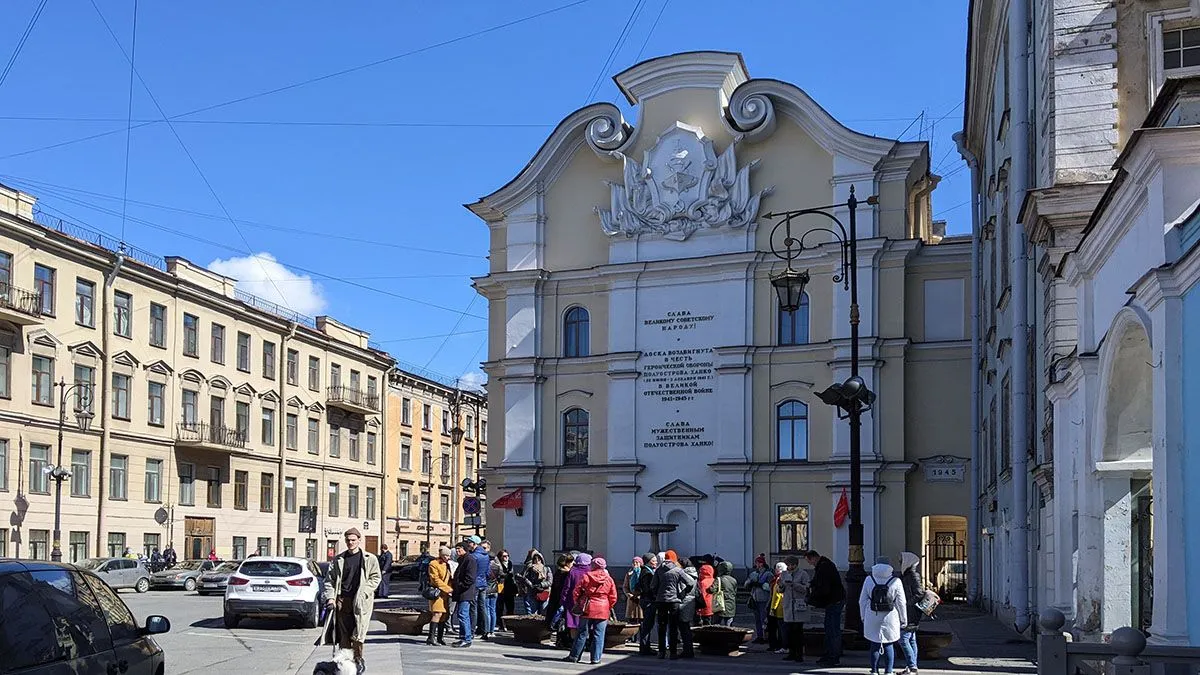
This courtyard is not passable, and I return briefly to the street to walk on, and duck into the next open alleyway. I came out of the yard just across from the Orthodox Church of St. Panteleimon the Great Martyr and Healer. From the name of this church came the name of the bridge over the Fontanka River and the name of the street. Later the name of the street was changed into Pestel street, but the bridge has kept its name to this day.
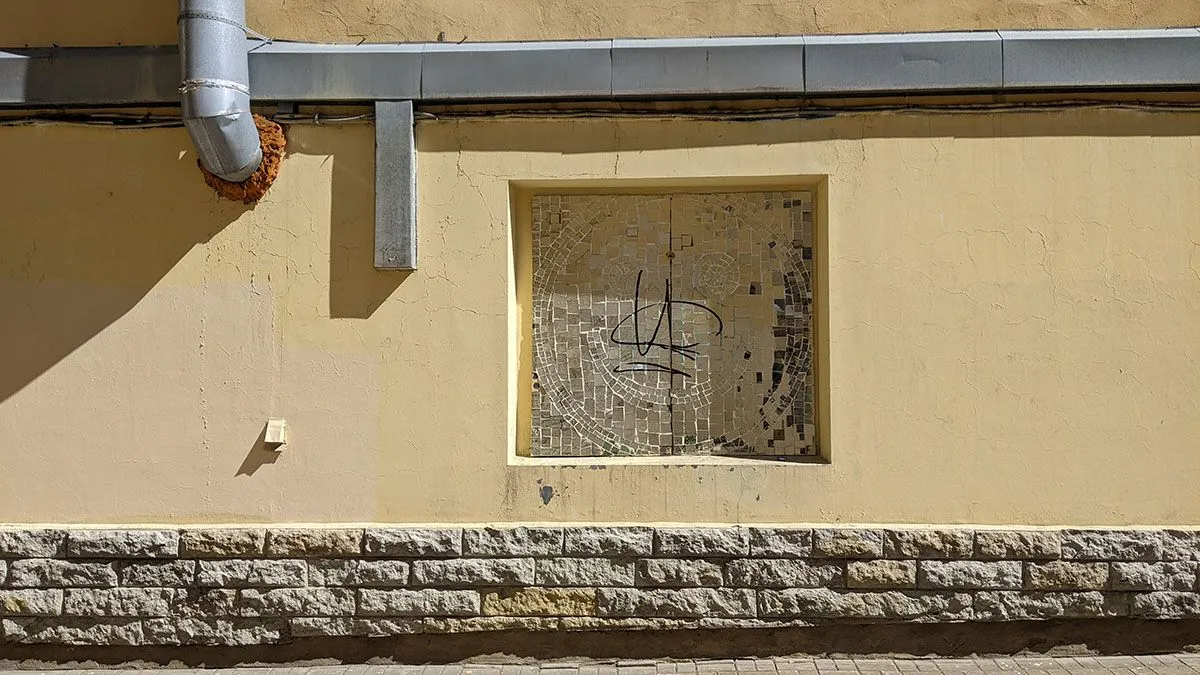
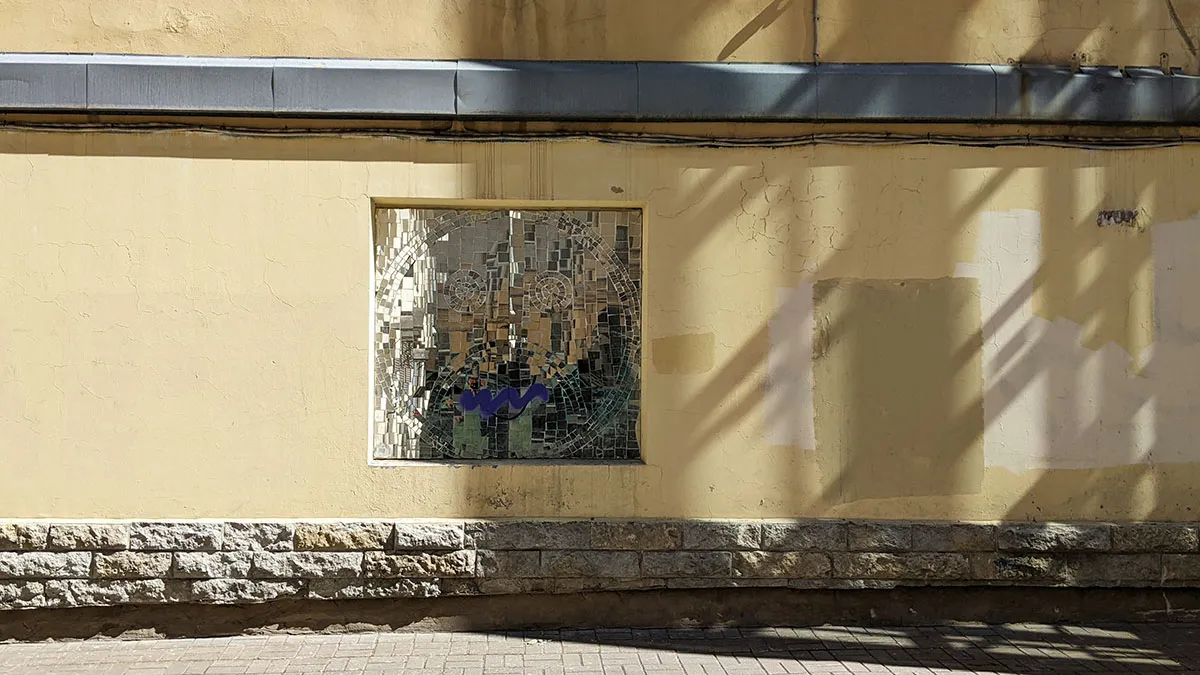
I thought I was in a boring courtyard: flat yellow walls, nothing unusual. But in the depths of the courtyard I noticed an unusual art object: smiling and frowning faces assembled from mirror mosaics. It reminded me of some of the mascarons on the facades of buildings. There, too, a similar pictorial method is sometimes used, with alternating faces.
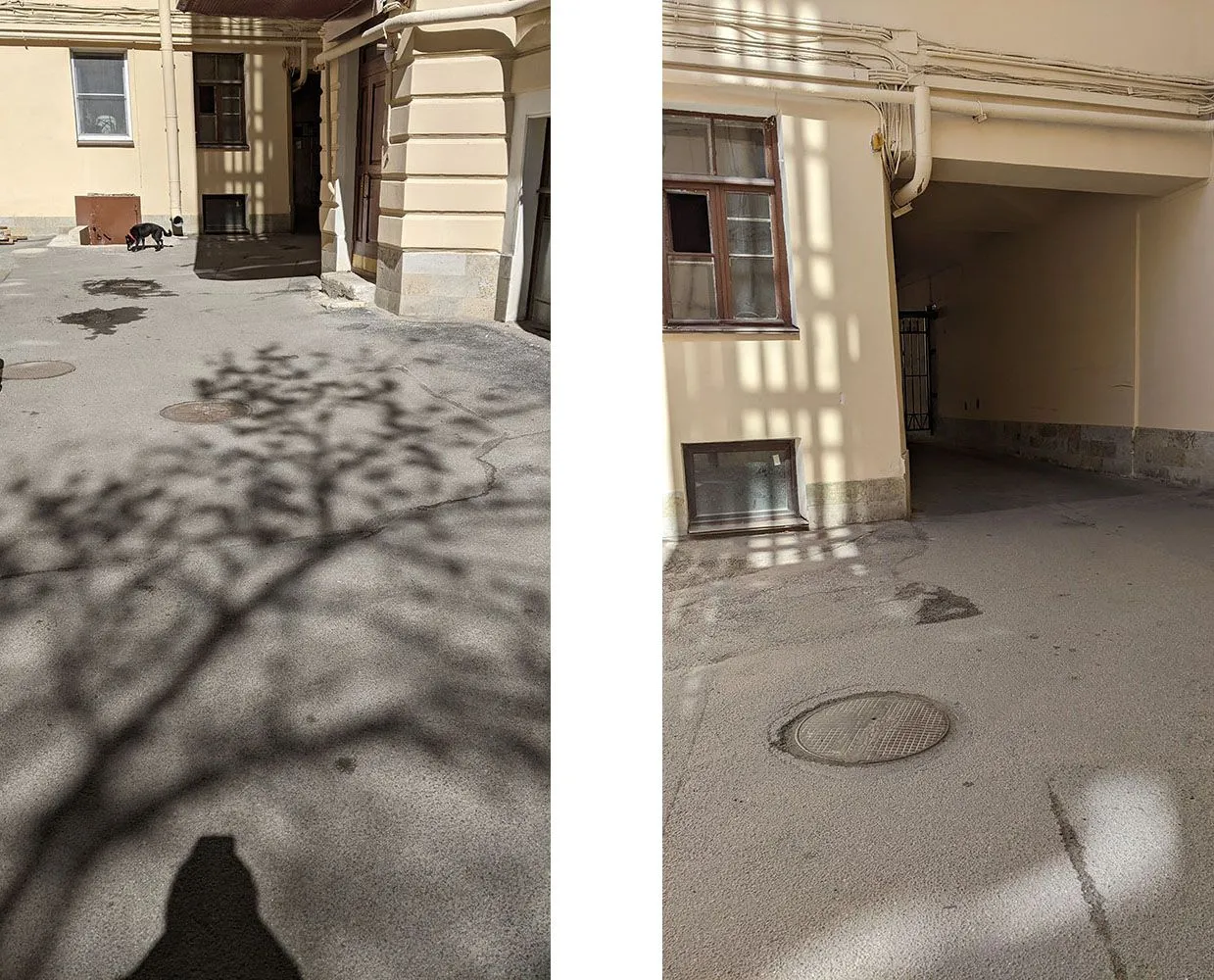
A little farther away I stopped to take pictures of shadows and highlights. In the next courtyard I watched a new art object on the wall: the residents had decided to decorate their courtyard with an art reproduction.
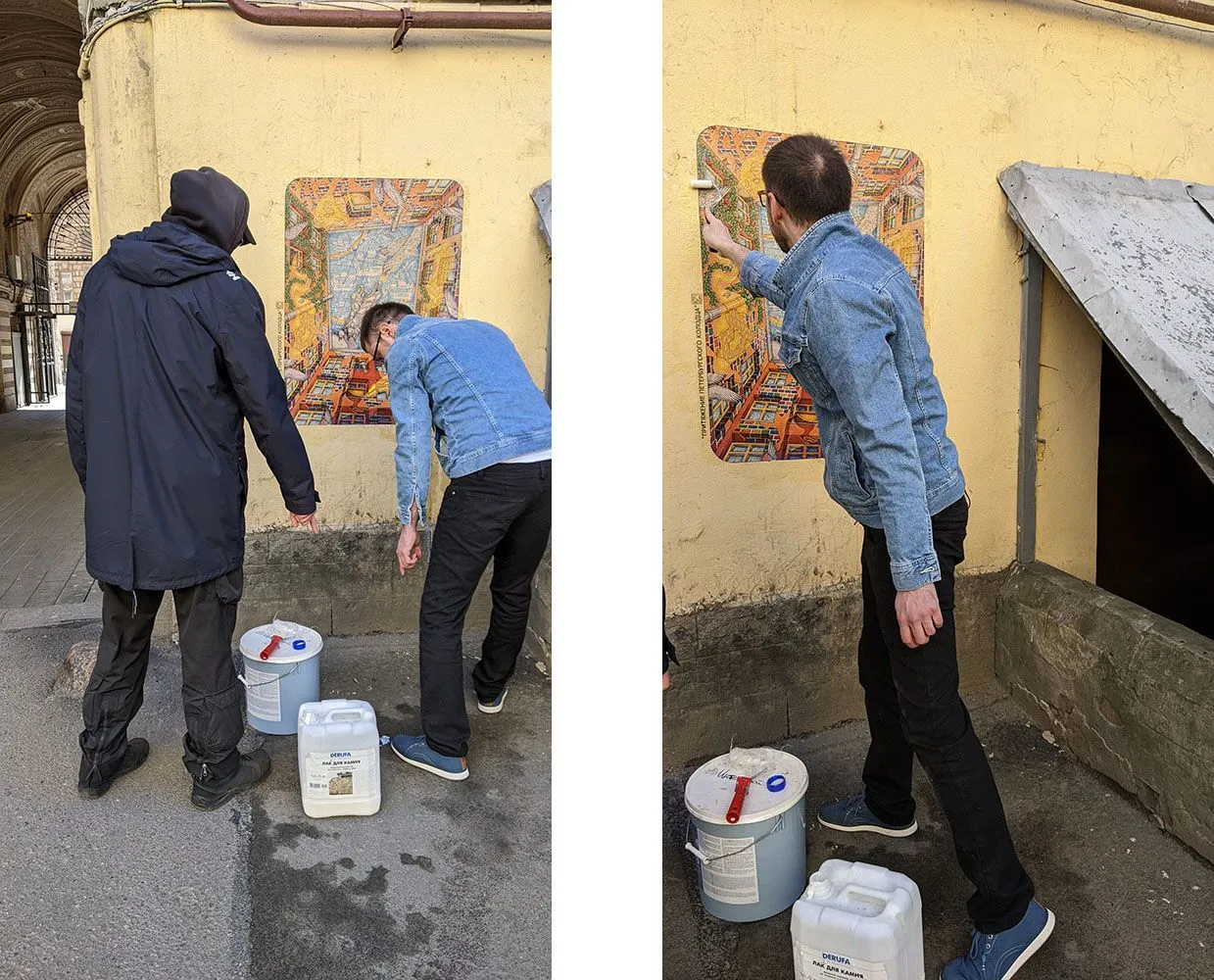
At the exit of the yard I photographed a monogram of the landlord A. Tupikov, consisting of intertwined letters A and T.

| ○ | ○ |
|---|---|
| Smartphone | Google Pixel 3a |
| Location | Saint Petersburg, Russia |